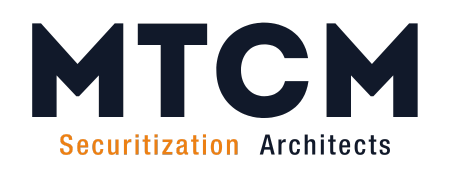Securitized assets represent a critical component of the global financial landscape, offering investors unique opportunities to diversify their portfolios and access yields that may not be available through traditional investment vehicles. This article provides a deep dive into the various types of securitized assets, their benefits, associated risks, and the evolving regulatory environment.
Understanding Securitized Assets
Securitization involves pooling various financial assets and then selling the cash flows from these assets to investors as securities. This process transforms illiquid assets into liquid securities, making them accessible to a broader range of investors.
Types of Securitized Assets
Mortgage-Backed Securities (MBS)
These are securities backed by mortgages. Investors receive periodic payments derived from the principal and interest payments made by homeowners. MBS can be further divided into residential MBS (RMBS) and commercial MBS (CMBS), depending on the underlying property type.
Asset-Backed Securities (ABS)
ABS are bonds or notes backed by financial assets other than real estate, such as auto loans, credit card receivables, student loans, and more. These securities allow investors to gain exposure to a diversified pool of assets.
Collateralized Debt Obligations (CDOs)
CDOs are complex structured finance products backed by a pool of loans and other assets. These can be further categorized into different tranches, each with a different risk level and yield.
Commercial Mortgage-Backed Securities (CMBS)
CMBS are secured by mortgages on commercial properties rather than residential real estate. These securities often fund properties like office buildings, retail space, hotels, and apartments.
Residential Mortgage-Backed Securities (RMBS)
RMBS are a type of MBS that are secured by mortgages on residential properties. They allow investors to invest in a pool of residential home loans.
Collateralized Loan Obligations (CLOs)
CLOs are similar to CDOs but are specifically backed by a pool of debt, usually corporate loans. These loans are then sliced into tranches that vary in risk and return.
Benefits of Investing in Securitized Assets
Investing in securitized assets offers several benefits, including portfolio diversification, attractive yield potential compared to other fixed-income securities, and enhanced liquidity. These securities allow investors to access a broad spectrum of assets with varying degrees of risk and return.
Risks Associated with Securitized Assets
Despite their benefits, securitized assets come with risks such as credit risk, interest rate risk, and prepayment risk. These risks can affect the performance of these securities and must be carefully managed.
The Impact of Regulation on Securitized Assets
The regulatory landscape for securitized assets has become more stringent following the 2008 financial crisis. Regulations aim to enhance transparency, reduce systemic risk, and protect investors, impacting the structuring and issuance of these securities.
Future Trends in Securitized Assets
Technological innovations and market developments are shaping the future of securitized assets. Blockchain, for example, could improve transparency and efficiency in the securitization process, while evolving market trends may influence the types of assets being securitized.
Securitized assets play a vital role in financial markets, offering investors diversified investment opportunities. By understanding the various types of securitized assets, their benefits, and risks, investors can make informed decisions and navigate the complex world of securitized investments more effectively.


